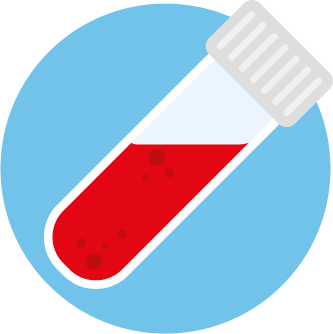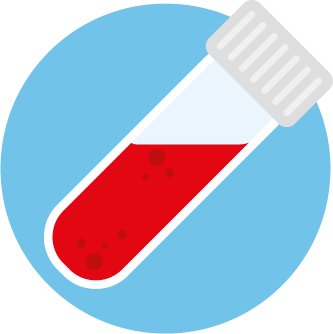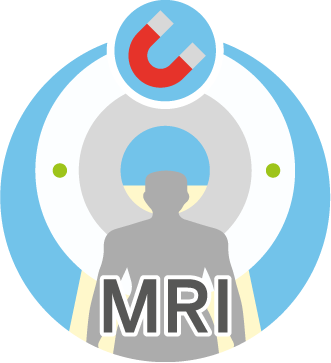Olaparib (Lynparza)
Olaparib is a type of tablet. It is used to treat prostate cancer that has spread to other parts of the body and does not respond to treatments that aim to lower testosterone.
Olaparib is a targeted treatment used to treat prostate cancer that has:


If you take Olaparib, your prostate cancer may take longer to get worse (progress).
You can have Olaparib on its own if you:
You can also have Olaparib with Abiraterone (a type of hormone tablet) and a steroid tablet (prednisone or prednisolone) if:
Castrate resistant prostate cancer is diagnosed when you are on hormone injections and:
Your last three PSA results have risen. They must be checked at least one week apart. Showing two increases by 50% over the nadir.

or your scans show:

You get genes from both of your parents.


You do not need to be tested.
Tissue from your prostate biopsy or sometimes a blood test, can be used to check for faulty BRCA genes.
Your doctor might advise you have one. This will be used to check your cancer for a faulty BRCA gene.

Only about 1 in 5 people with prostate cancer will show a faulty BRCA gene.

This is usually 12 hours apart.

Olaparib is a tablet taken by mouth. It should not cause you any pain.


If you are diabetic, your blood glucose will be monitored. This is to check for low blood glucose.

You will need to take time off work for regular outpatient appointments.

You will have regular PSA blood tests. If Olaparib is working, your PSA will either: 
If your Olaparib:
Other treatments may be available. These will depend on what treatments you have had before and how well you are.
Possible treatments could be:
![]() Chemotherapy (Visit our page on chemotherapy)
Chemotherapy (Visit our page on chemotherapy)
![]() Radium 223 (Visit our page on Radium 223)
Radium 223 (Visit our page on Radium 223)
![]() Low dose steroid tablets.
Low dose steroid tablets.



• Feeling sick (nausea)
• Being sick (vomiting)
• Feeling tired or weak
• Indigestion or heartburn (dyspepsia)
• Loss of appetite
• Headache
• Changes in taste of foods (dysgeusia)
• Feeling dizzy
• Cough
• Shortness of breath
• Diarrhoea - if it gets severe, tell your doctor straight away.
• Low white blood cell count (leukopenia or neutropenia) which may decrease your ability to fight infection and may be associated with fever.

Please note: Olaparib is still a fairly new treatment. This means that we do not as yet have enough stories to feed into the images. The images will update as more people share their stories about being treated with Olaparib.
Enjoying activities such as walking or going out to the pub
100 out of 100
Ability to make good connections with others
100 out of 100
Ability to reach sexual arousal, either physically or emotionally
100 out of 100
Knowing who you are and what motivates you
100 out of 100
Feeling good and functioning well in your personal and professional life
100 out of 100
Ability to think clearly, make good decisions, and cope with your emotions
100 out of 100
Feeling of constant physical and/or mental tiredness or weakness
100 out of 100